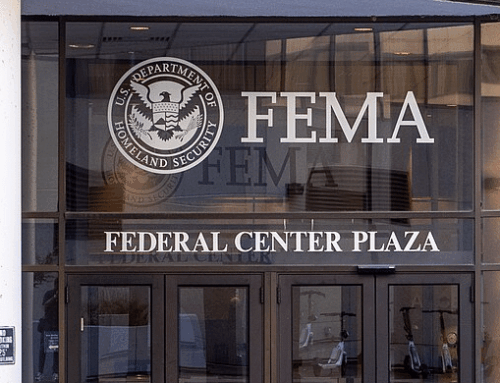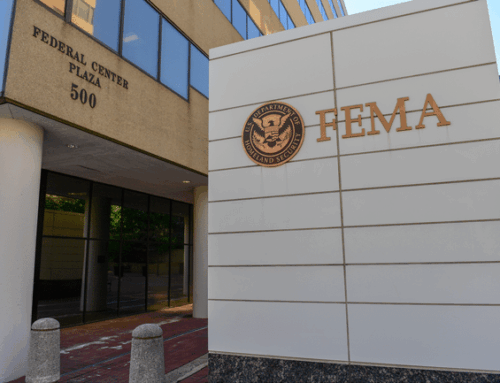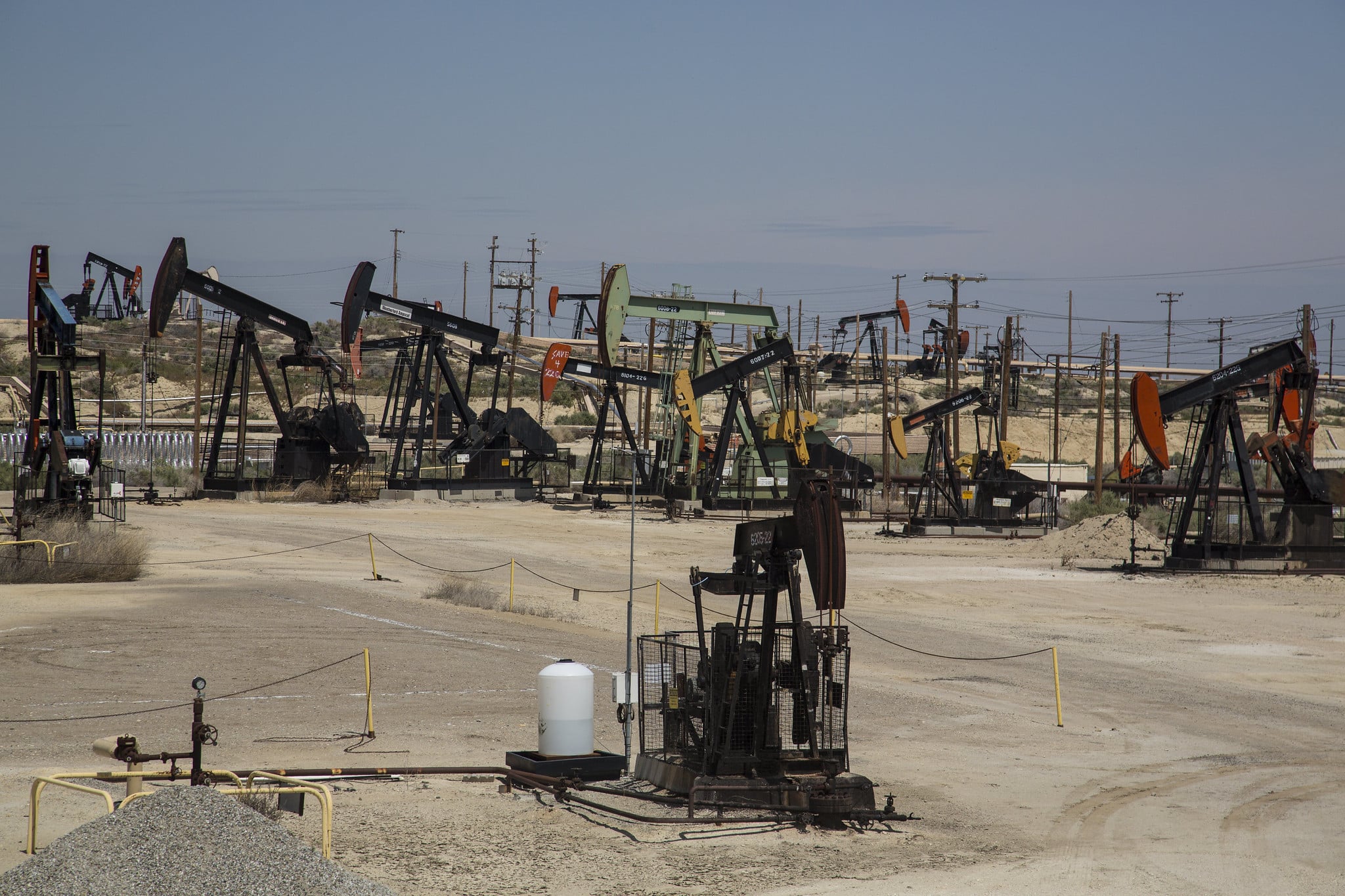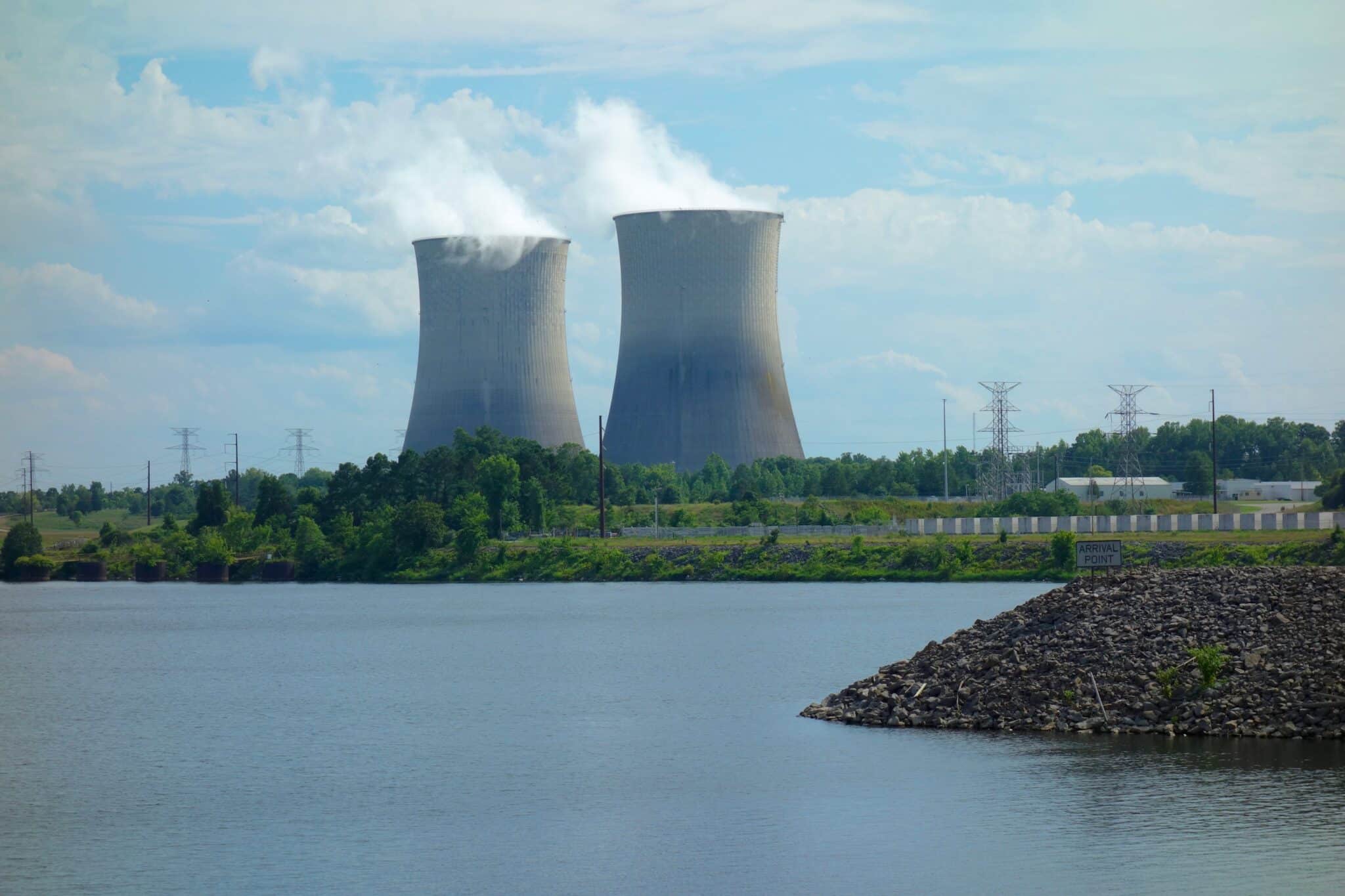The flash flooding that swept through Kerr County, Texas in the early morning hours of July 4th is a tragedy. With at least 120 lives lost and 173 people still missing, that tragedy is still unfolding. Tragedies like this should move us to act. Political posturing and partisan finger-pointing get us nowhere—instead, we must turn toward evaluating what happened and implementing effective disaster recovery. And not just in Kerr County, but across the nation. Because flooding—particularly from high-intensity precipitation—can happen anywhere. All of us are vulnerable to disasters. Tragedies remind us of this and should spur change.
Turning to a conversation about improving disaster policy is tricky. But refusing to reform disaster policy while simultaneously conducting disaster response can have major consequences. Nobody wants to take resources or focus away from efforts to save lives and aid people in immediate need. But if we wait until the disaster is a memory to start the discussion about what worked and where things fell short, the momentum necessary to enact reform can be lost to the never-ending news cycle, until the next, inevitable, tragic disaster brings disaster policy back to the forefront of conversation. Consider North Carolina. Less than a year after the western part of the state was devastated by Hurricane Helene, the central part of the state was hammered by Tropical Storm Chantal this past weekend.
An important first fact to acknowledge is that storms will occur, disasters will unfold, and federal dollars will be spent. It’s human nature to respond. And it’s a long-established practice that the federal government will be called upon for its resources. The average annual number of federally-declared major disasters has steadily risen from 1995 to 2024. And these have resulted in $290 billion dollars being spent since 2003. What’s needed is an evaluation of how that money is spent and whether the right balance of responsibility exists between federal taxpayers and state and local governments in reducing communities’ vulnerability to disasters.
Only six months into his term, President Trump has declared ten flooding-related major disasters in eight different states. And that doesn’t include North Carolina – yet. Major disasters are supposed to be declared when the disaster overwhelms the abilities of states and communities to respond. The declaration enables the Federal Emergency Management Agency (FEMA) to tap the Disaster Relief Fund (DRF) to provide assistance to individuals and to communities. The president is also authorized to tap the DRF for mitigation assistance as part of the declaration. In contrast to previous presidents, including himself, it appears that President Trump has yet to approve mitigation as part of a declaration this year.
To ensure the best return on investment and the greatest reduction of both human and financial loss, we need stable and predictable rules for disaster response. Again, we know disasters are going to happen. No one can predict exactly where the next tornado will touch down, which community will be ravaged by wildfire, or when the next devastating hurricane will form. But we know they will. So, we can plan for it. And importantly, one part of planning is budgeting. While Washington has difficultly with fiscal responsibility in the best of times, appropriating under duress in “emergency” supplementals exponentially increases that difficulty.
The federal government has made strides in financial planning for disasters. Funds flow from the Disaster Relief Fund as soon as a major disaster is declared. It is a revolving fund, meaning that dollars not spent in one year are available the next—but for years, lawmakers underfunded the DRF, relying instead on emergency spending to supplement it in the wake of disasters. Emergency funding doesn’t compete against other items in the regular budget and underfunding the DRF allowed lawmakers to appear that they were spending less – at least until emergency supplementals were necessary. Thankfully that loophole was fixed more than a decade ago by requiring DRF funding to align with the rolling ten-year disaster spending average (with the high and low year discarded). It’s not perfect because it is backward-looking rather than predictive. And removing an especially costly year from the ten-year window can have a major impact on funding levels. Still, it’s an improvement over relying solely on ad hoc emergency supplementals.
In addition to sound financial planning, effective disaster response requires competence and commitment from the individuals and agencies called on during disasters. While natural disasters produce stunning examples of individual bravery and community resilience, they also highlight the life-saving value of preparation and training. The value of FEMA is that they have experience in responding to disasters. From emergency response, to recovery, to rebuilding, FEMA knows how to address the logistical challenges involved in helping communities recover and rebuild from various types of disasters. States, local governments, and individuals routinely step in and provide valuable life-saving resources. FEMA’s experience can help maximize the impacts of these efforts.
Finally, one of the greatest lessons from natural disasters is the value of mitigation. Planning and preparing for future disasters can provide significant financial returns for communities. A dollar spent on mitigation can save up to $13 in post-disaster recovery. The point is not to stop flooding, but to reduce the likelihood of severe harm in the next flood, which will come eventually. Communities that invest in mitigation increase their overall resilience to disasters, making recovery easier and less painful in both human and fiscal terms.
Mitigation funds can be used for early warning systems. Kerr County knows this because they applied for a $1 million grant to construct such a system after flooding in another part of Texas in 2016. Unfortunately, its request was turned down by the state. The county applied again after the state received billions of dollars in federal disaster relief funding to respond to Hurricane Harvey—again they were rejected. And the county decided against spending its own dollars.
The storms are going to keep coming, and these investments must be made. Federal, state and local dollars need to be spent on mitigation to reduce the impacts on people and property. Unfortunately, the federal government appears to be heading in the wrong direction. The President’s budget proposal cuts funds for mitigation measures across the board, and there has been talk of disbanding FEMA altogether (though the president appears to have backed away from this extreme option). The nation’s disaster response needs to be more efficient and effective, which requires reform, not rejection. Thankfully, leaders like the House Transportation and Infrastructure Committee Chair Sam Graves (R-MO) and Ranking Member Larsen (D-WA) have introduced legislation to do just that. This bipartisan legislation is an important step forward and should be considered immediately, along with other legislation aimed at reform.
Disasters are not partisan. No flood has ever asked who you voted for. No wildfire seeks your position on a hot topic social policy. Planning and preparing for disasters shouldn’t be a partisan issue either. Federal dollars will inevitably be spent responding to and recovering from disasters. The tragedy caused by the devastating flood in Kerr County compels us to do better. Now it’s time to get to work.
- Photo by Brian Wangenheim on Unsplash









